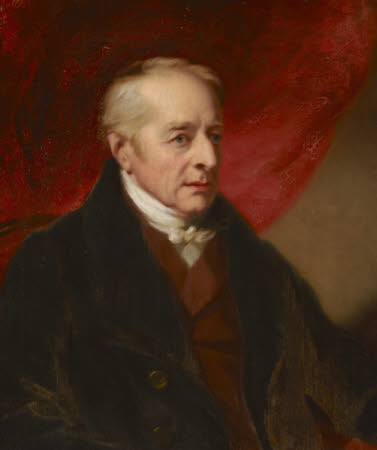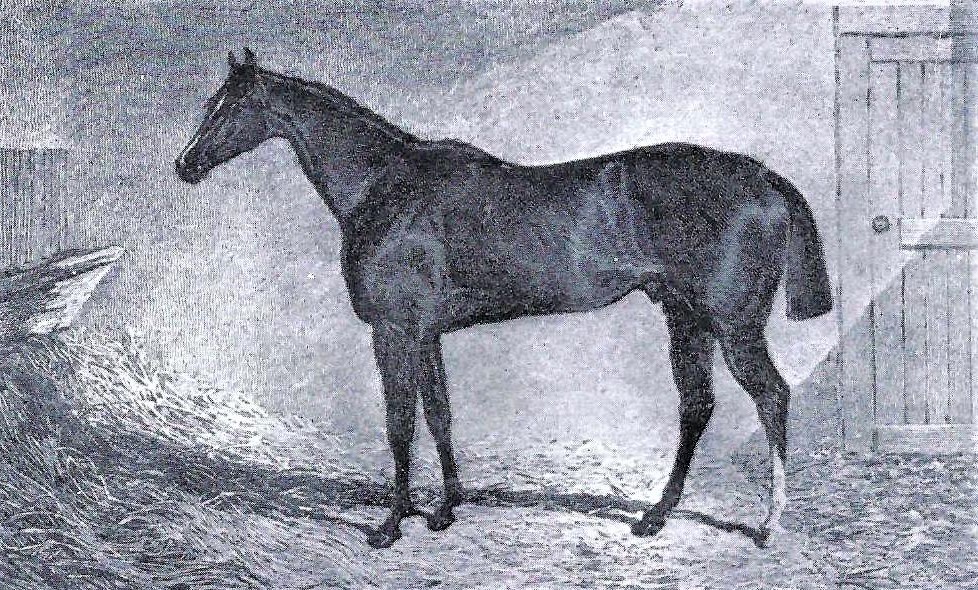The 3rd Earl of Egremont
George O’Brien Wyndham
(1751-1837)
A highly respected and immensely wealthy man, Lord Egremont was said to give away £20,000 a year to charitable causes.
He was an enthusiastic patron of art and the painter William Turner, lived for a while at his Sussex seat of Petworth House.
Although Lord Egremont had more than 40 children, the only legitimate one died in infancy and so he was succeeded in the earldom by his nephew George Wyndham, who became 4th Earl of Egremont.
Successful on the turf, he bred six Derby winners: Assassin (1782), Hannibal (1804), Cardinal Beaufort (1805), Election (1807), Lapdog (1806) and Spaniel (1831).
He also bred six winners of the Oaks: Nightshade (1788), Tag (1789), Hippolyta (1790), Platina (1795), Ephemera (1800), and Caroline (1820).
His final Classic winner was Spaniel, (see below), a bay colt by the 1810 Derby winner, Whalebone, out of a Daughter of Canopus.
REFERRED to as “the little Whalebone weed”, Spaniel was sold by Lord Egremont to Lord Lowther for £150 over the dinner table. He was a brother to Lord Egremont’s fifth Derby winner Lap-dog, but despite this promising pedigree he appeared to have few if any Classic pretensions after a two-year-old career involving four defeats in as many starts for trainer Joe Rogers.
Two days before the Derby, Spaniel won the Shirley Stakes over the Epsom Mile and it was decided that he should take his chance in the big race. He started at 50-1; the 4-6 favourite was Lord Jersey’s Riddlesworth, a well-bred colt who had won the Riddlesworth Stakes, the Two Thousand Guineas and the Newmarket Stakes.
At the distance Riddlesworth looked to have the race at his mercy. But under the vigorous driving of Wheatley, Spaniel joined Riddlesworth 50 yards from home and after a brief struggle won by three-quarters of a length.
Although Spaniel’s captivating performance was never repeated, when sold to Mr Meyrick, he picked up £50 plates at Haverfordwest, Carmarthen and Brecon. Spaniel did not race again until late-August 1832, where at Canterbury he finished badly lame and was put down.
Mysteriously, just how many of Egremont’s Classic winners were, as suggested, actually four-year-olds remains unknown. His trainer, Bird, confessed on his deathbed that he had twice won the Derby by slipping two-year-olds into the yearling paddocks. The secret well kept, Lord Egremont remained unaware of his trainer’s deception.
In his day, the Earl, although blunt and eccentric, was a popular and prominent figure in English society.
After the cessation of the Earl’s popular race meeting held in his Petworth Park, the 3rd Duke of Richmond began racing at Goodwood from 1801.
For more racing history see Michael’s Books for Sale

